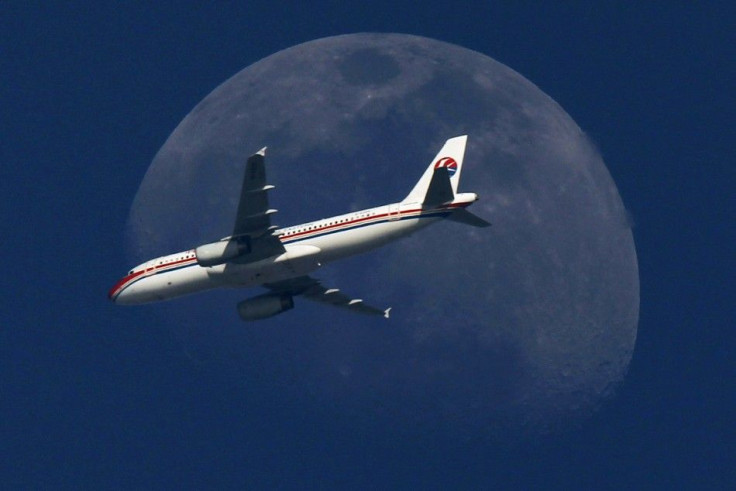Air Travel: 2011 Safest Year on Record

If you still haven't gotten over your fear of flying, maybe this will help: 2011 was the safest year on record for commercial air travel, according to Ascend, which provides information to the aviation industry.
There were 25 fatal accidents in 2011, just below the decade average of 26.6. Yet, because of the growing number of flights, the rate of such accidents was just one per 1.52 million last year.
A large portion of the deaths in 2011 came from five accidents: two in Congo, two in Russia, and one in Iran. With a total of 401 fatalities and carriers hauling nearly 2.9 billion passengers, the death rate for airlines was just one per 7.1m, far better than 2004 (previously the safest year on record since the company began tracking data in 1990), when there was one death per 6.4m passengers.
Furthermore, the majority of the accidents took place on airlines that are banned by the European Union and United States for being unsafe, so many people outside of the region would never consider flying them in the first place.
The fatal-crash rate of U.S. scheduled carriers fell by more than 80% from the late 1990s to the end of the last decade, with no fatalities at all in some years like 2011.
America's skies are the safest they have ever been, Transportation Secretary Ray LaHood said in a press briefing last week.
By some estimates, safety enhancements have saved the industry more than $600 million annually in aircraft losses, lawsuits, higher insurance rates, and other fallout from high-profile crashes.
READ ALSO:
Major US Airlines Join Delta Adding Surcharge in wake of EU Emissions Law
What Will Air Travel Look Like in 2012?
FAA Pilot Fatigue Rule is a 'Landmark Safety Achievement'
Most accidents in 2011 occurred with smaller aircraft in challenging weather conditions.
Airlines are getting safer - and more quickly than they're expanding, Ascend's Director of Saftey Paul Hayes said in a statement. On average, overall airline operations are now twice as safe as they were 15 years ago.
For insurers, passenger safety doesn't necessarily equate to low claims, Hayes added. However, in 2011 it did. The cost of incurred airline hull and legal liability losses for 2011 is about $1.18bn - some $966m less than in 2010.
What Ascend hopes people will take away from the survey is that air travel remains an incredibly safe mode of transportation. Each year, more aircraft take the skies, and the chance of something going wrong continues to drop.
According to Ascend, the worst accidents in 2011 were:
1) The Hewa Bora Airways Boeing 727-100 crash on July 8, which killed 79 passengers and four crew (33 passengers and two crew survived) when it undershot on landing at Kisangani, DR Congo.
2) The Iran Air Boeing 727-200Adv on January 9, which apparently stalled during a go-around at Orumiyeh, Iran killing 69 passengers and nine crew out of the 95 passengers and 10 crew on board.
3) The Rusair Tupolev TU134, on June 20, which crashed while attempting to land at Petrozavodsk, Russia, killing 37 passengers and eight crew.
4) The Yak Service Yakovlev YAK42 on September 9, which crashed on take-off from Yaroslavl, Russia killing all 37 passengers and seven of the eight crew.
5) The AirZena Bombardier CRJ 100ER on April 4, which crashed on landing at Kinshasa, DR Congo killing 28 passengers and four crew.
© Copyright IBTimes 2024. All rights reserved.












